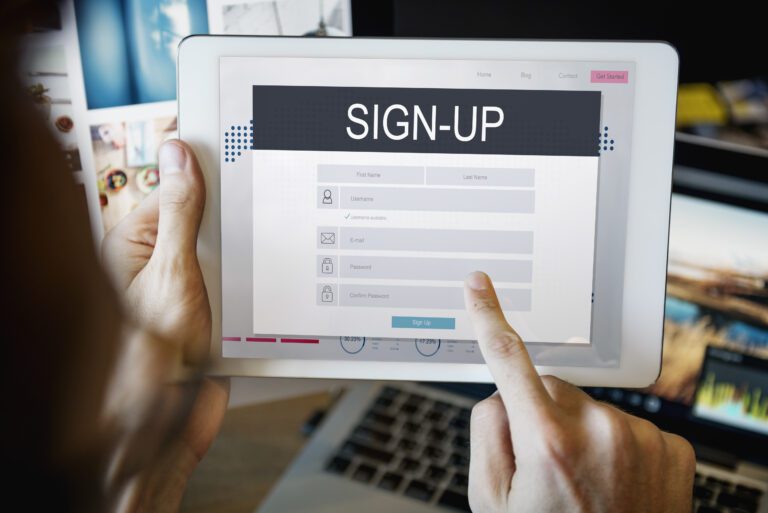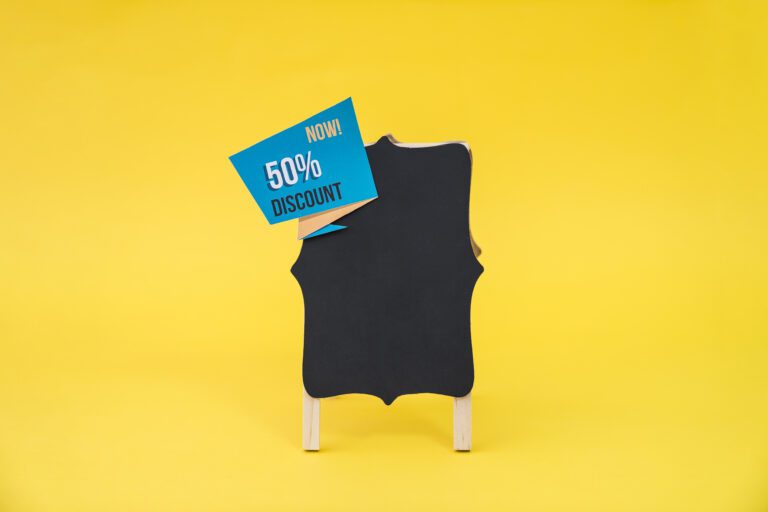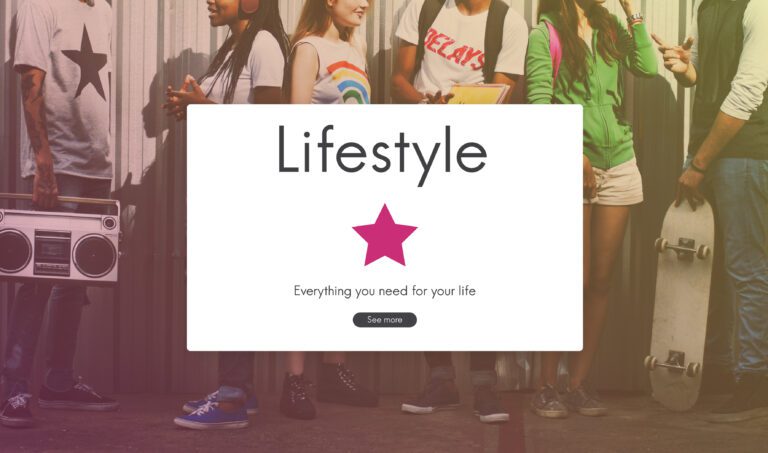Driving Traffic to Webinars and Events with Timely Popup

I hope you enjoy this blog post. If you want Hello Bar to grow your leads, click here.
Author:
Mansi
Published
June 4, 2025
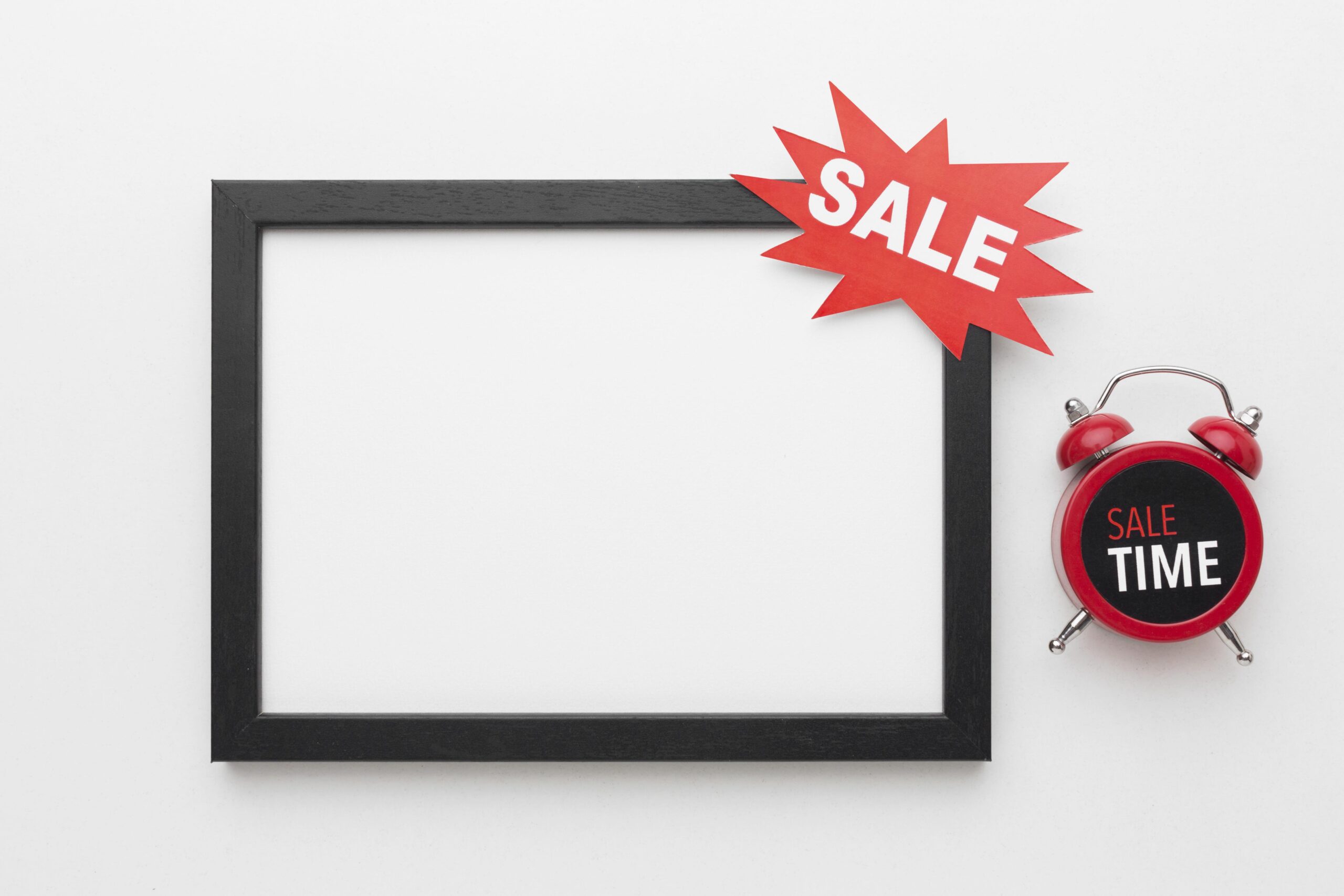
Table of Contents
You’ve got a webinar coming up. Or maybe it’s a live Q&A, a product demo, or some online event that actually matters for your business. You need people to show up. And not just warm bodies. You want the right people—the kind who care enough to click, register, and stay.
Here’s the truth: most people won’t notice your event unless you put it right in front of their face. Not because they’re lazy. But because the internet is loud, everyone’s busy, and no one’s hunting around your site trying to figure out what you want them to do.
That’s where timely popups come in. Used right, they work. Used wrong, they’re just annoying noise.
This isn’t about stuffing popups everywhere. It’s about using timely popups—the kind that show up at the right moment, with a clear message, and a single purpose: get more people to your webinar.
Let’s walk through what actually works.
First, stop thinking of popups as just a “growth hack”
Most people treat popups like a slot machine. Throw one up, pick a random message, and hope it works.
That’s not the move.
If your goal is to drive traffic to a webinar, your popup has to do one thing well: get people to care about the event and act on it. That means your timing, message, and targeting matter a lot more than you think. This means you need timely popup.
The popup itself isn’t magic. What makes it work is when it shows, what it says, and who it’s talking to.
What do “timely popups” even mean?
It means showing the timely popup when it actually makes sense in context.
Don’t throw a webinar invite at someone two seconds after they land on your homepage. That’s not timing—that’s spam.
A timely popup shows up when the person is in the right headspace to consider your offer.
Here are some examples of timely popups that actually work:
- Exit-intent timely popup: someone’s about to leave your blog post? Show them a quick, “Before you go—want to join our live Q&A on this topic Thursday?”
- Scroll-based timely popup: if they’ve made it halfway down a long article on email marketing, maybe now’s the right time to say, “Hey, we’re hosting a live session on advanced email strategies next week. Want in?”
- Time-delay popup: give them 30–45 seconds. Let them engage first. Then hit them with a subtle invite.
- Page-specific timely popup: if your webinar is about product analytics, only show the popup on blog posts or pages that deal with product data, not your generic homepage.
Timing = relevance. And relevance = respect for your visitor.
Also, read our guide on What Is A Popup And Why You Should Consider Using One For Your Website
Here’s what people usually get wrong:
- Too vague
“Join our upcoming webinar!”
About what? When? Why should I care? - Too early
The popup shows before I even know who you are. I’m not committing to a webinar 5 seconds into browsing your site. - Too much
Asking for full name, company, job title, industry, phone number—just to attend a free event? That’s not an invite. That’s a chore. - Too generic
If the popup could work on any random site, it won’t work on yours. Make it specific to the page, the topic, and the user.
A simple popup setup that actually gets signups
Let’s say you’re hosting a webinar on improving customer onboarding.
You’ve got a solid article on your site titled “5 Ways to Reduce Friction in Your Signup Flow.” That article is already getting some traffic.
Here’s how to turn that into real webinar signups using popups to increase webinar traffic with the help of timely popups:
Step 1: Add a scroll-triggered popup
Wait until the reader hits 60% of the page. Then show this:
“We’re doing a live session this Thursday on improving customer onboarding. Real examples, no fluff. Want to join?”
[Yes, Save My Spot]
Step 2: Keep the form simple
Just ask for an email. That’s it. If your webinar software needs more, collect it after they register. Don’t overcomplicate the first step.
Step 3: Use a sticky bar for the rest of the post
After the popup shows, also add a sticky bar at the top saying:
“Live webinar: Better onboarding, fewer drop-offs. Thursday @ 2PM ET. [Register]”
Step 4: Exit popup for latecomers
If they try to leave and haven’t signed up, show a calm, simple reminder:
“Leaving already? We’re running a live session on onboarding this Thursday. Could help with your signup flow.”
You don’t need to be pushy. Just clear and honest.
Don’t forget mobile
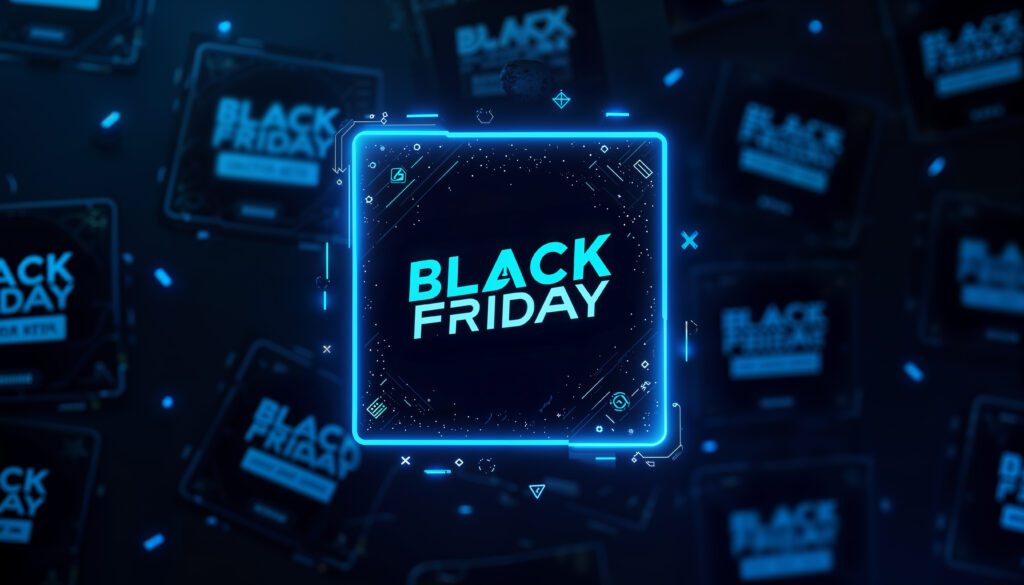
A lot of people are on your site from their phones. That means you can’t just shrink your desktop popup and hope it works.
Mobile popups need to be shorter, simpler, and less intrusive. Time delays and sticky bars tend to work better than big modals. And be extra careful with exit popups—on mobile, they can be clunky or blocked entirely.
Make sure your mobile experience is clean. Test it yourself. If you wouldn’t register from your phone, fix it.
A few real popup copy lines that work
You don’t need fancy words. You just need to be clear.
Here are a few real-world examples that actually got clicks:
- “Live Q&A on sales funnels. This Thursday. Bring questions.”
- “Free 30-min session: How to write emails people actually open.”
- “Webinar: How our team cut churn by 30% in 3 months.”
- “Want better onboarding? We’re sharing exactly what worked for us.”
- “Live event: Fix your checkout flow. Real examples. No fluff.”
Notice a pattern? It’s always specific, brief, and focused on one thing.
Keep the message tight
Every timely popup should answer three questions fast:
- What is this?
A webinar, a Q&A, a session, whatever. - Why should I care?
Give them a reason that matters. Something real. Not hype. - What do I do next?
A single button. Make it clear. Don’t ask for too much.
If you’re writing timely popup copy and it takes more than 10 seconds to understand what you’re offering, scrap it and rewrite.
Match the popup to the page
Don’t show the same popup on every page. That’s just noise.
If someone’s reading an article about onboarding, and your webinar is about onboarding—perfect match.
If they’re reading about SEO, and your webinar is about product demos—that’s a miss.
The best results come from targeted, page-specific popups. Yes, it takes a bit more setup. But the difference in conversion is usually worth it.
You don’t need 50 variations. Start with 3–4 key pages that get traffic and are relevant to your event.
Don’t overdo it
A timely popup on every page? Too much.
Stacking a time-delay popup, a scroll popup, and an exit popup on the same page? You’re going to annoy people.
Pick one or two tactics per page. Let the message breathe.
And always give people a way to dismiss the popup. No one likes being trapped.
If no one’s clicking, fix your timing
This part matters: if your popup isn’t getting clicks, it’s probably not a design issue. It’s usually timing or message.
A few things to test:
- Increase delay before it shows
- Change the scroll % trigger
- Rewrite the message to be more specific
- Try a sticky bar instead of a popup
You don’t need to guess. Just run small A/B tests and look at what gets attention without getting ignored or closed instantly.
Use urgency without being fake
“Seats are limited” sounds like a scam when it’s a webinar with 1,000 people.
But if it’s real—like a 20-person live session with questions—say so.
Real urgency sounds like this:
- “Live session. Only 25 spots.”
- “We’re capping this one at 40 people to keep it hands-on.”
- “We’re doing this once. No recording.”
If there’s no urgency, don’t fake it. Just be honest about what they’ll get.
Tools? Doesn’t matter that much.
There are tons of popup tools, but Hello Bar is made by marketing guru Neil Patel himself, is a most trusted tool.
Use whatever works with your site and doesn’t slow it down.
What matters more is how you set up the timely popup.
Make sure it loads fast, is easy to close, looks decent on mobile, and doesn’t interrupt the page experience too early.
That’s it.
Conclusion
If you want more people at your webinar, put the invite where they’ll actually see it. Use timely popups. Show them to the right people, at the right moment, with the right message. Keep it simple. Don’t overthink it. Just be clear and useful.
Start timely popups now!

